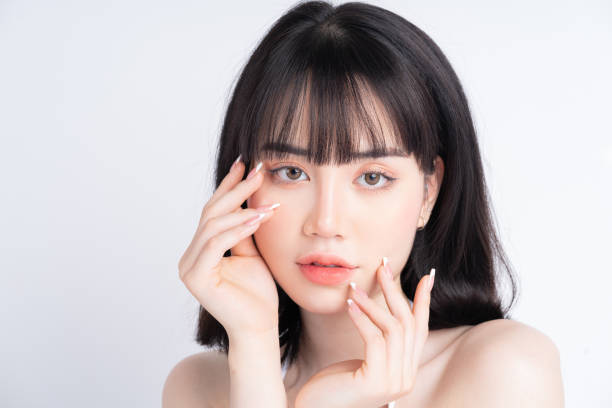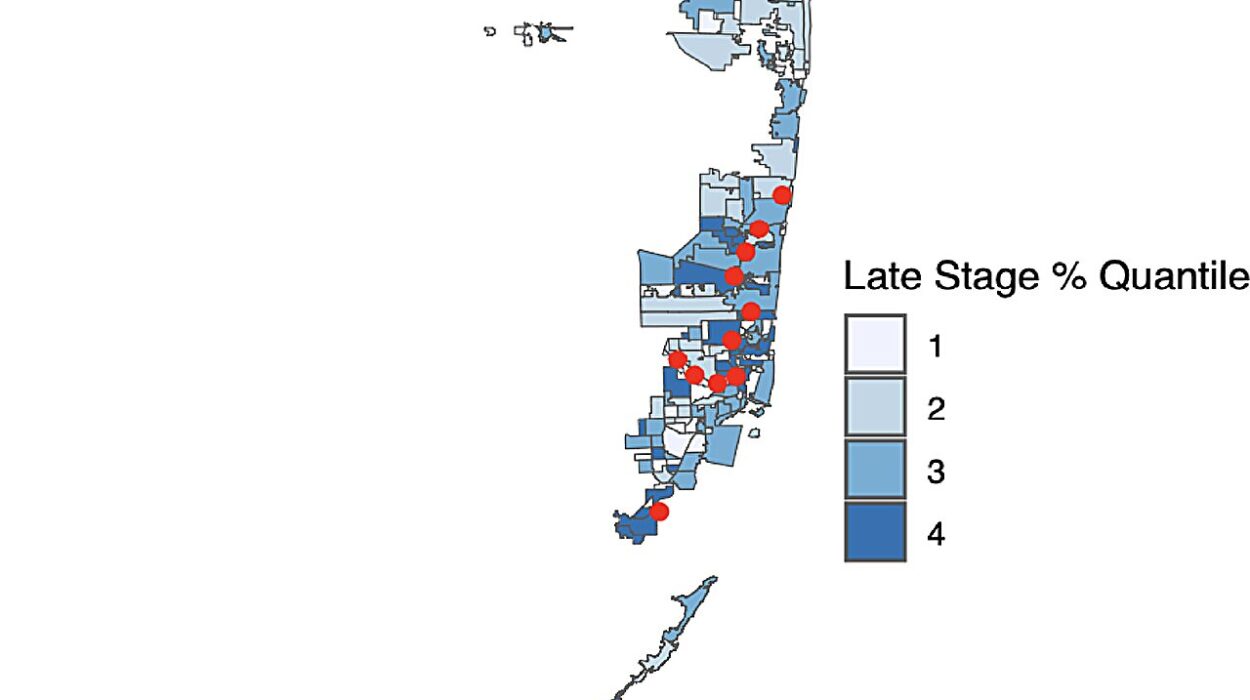In the vast biological orchestra playing within every human cell, scientists have long assumed that gene expression behaves like a dimmer switch—flickering gently up or down depending on the needs of the moment. But a groundbreaking new study from the University at Buffalo suggests that, for a surprising number of genes, the score is much simpler: they’re either all in, or completely silent.
The findings, published in Nature, challenge decades of textbook thinking and unveil a new class of “switch-like” genes that behave more like binary code than a subtle symphony. Out of the approximately 20,000 genes in the human genome, researchers found nearly 500 that operate with dramatic on-or-off behavior across a wide array of tissues and individuals. The implications for understanding health, disease, and human diversity are profound—and the discovery began with an unlikely source.
A Mathematical Accident Sparks a Genetic Revelation
The study didn’t begin in a lab filled with petri dishes and pipettes. Instead, it started as a thought experiment in a math department. Naoki Masuda, Ph.D., a professor of mathematics at UB, had challenged his undergraduate students to apply multilayer network analysis to the human genome—a way of viewing different organs as interconnected systems, much like cities in a transit network.
It was during this mathematical deep dive that Yanyan Li, a senior math major, noticed something odd. A subset of genes didn’t follow the usual “bell curve” of expression seen in most human genes. Instead, their activity levels clustered at two extremes—very high or very low—with few cases in between. These “bimodal distributions” stood out like flashing beacons in a sea of statistical data.
Realizing they’d stumbled onto something significant, Masuda reached out to Omer Gokcumen, Ph.D., a geneticist in the UB Department of Biological Sciences. Together, they shifted the project’s focus, diving deep into what would become one of the first systematic studies of switch-like gene expression across multiple human tissues.
Genes That Don’t Fade—They Flip
To understand what makes a gene “switch-like,” imagine a light in your home. Most gene activity has been compared to a dimmer—a slow adjustment, depending on cellular needs. But these newly identified genes don’t dim. They flip, abruptly. They’re either fully active or completely shut down, like a light switch snapped into place.
What’s more, this flipping isn’t random. Using gene expression data from more than 900 individuals and 27 different tissue types, the team discovered that these switch-like genes often behaved this way in specific tissues—turned on in one, off in another.
“This is not just a technical curiosity,” says Dr. Gokcumen. “Understanding which genes function like switches gives us a new way of thinking about what makes us different from one another—why some people develop certain conditions while others don’t.”
The Invisible Hand: Hormones, DNA, and Epigenetics
So what flips these genetic switches?
The researchers believe the answers lie in a complex interplay of hormones, genetic variation, and epigenetic markers—chemical tags that sit on top of DNA, instructing it when to express and when to stay silent.
“Hormones seem to be the most powerful drivers of tissue-specific switching,” says Alber Aqil, a Ph.D. student in Gokcumen’s lab and the study’s first author. “In contrast, the few genes that behave like switches across all tissues appear to be controlled directly by a person’s unique DNA sequence.”
In other words, the same hormonal shifts that govern puberty, menopause, stress, or reproductive cycles may be flipping these switches in certain organs. Meanwhile, your genetic blueprint can install permanent toggles that define how your body operates at a fundamental level.
Disease in a Binary World
Perhaps the most intriguing part of the study is the connection between switch-like gene behavior and human disease.
The researchers found associations between these binary-expression genes and a wide range of health conditions—including male infertility, implantation failure, breast cancer, and COVID-19 immune responses. One of the most striking connections was to vaginal atrophy, a postmenopausal condition that causes thinning, drying, and inflammation of the vaginal walls.
Why would a gene that suddenly shuts off or fires up influence disease?
“The body relies on delicate balances,” says Gokcumen. “Producing too much or too little of a certain protein at the wrong time or in the wrong tissue can lead to dysfunction. If a gene is like a dimmer, there’s some flexibility. But with a switch, the outcome is more stark—on or off, healthy or ill.”
This starkness makes switch-like genes especially promising candidates for future diagnostics and therapies. If we can map out which genes flip in specific conditions—and understand what triggers them—we might one day use this information to predict disease risk, fine-tune hormone treatments, or even reverse certain conditions by turning the switch the other way.
A Shared Symphony with Personal Notes
Not all switch-like genes are created equal. The team discovered that most of these genes behave this way in just one tissue, such as the pancreas, lungs, or reproductive organs. This tissue-specific behavior suggests that local environmental factors—like hormones, inflammation, or developmental timing—play a huge role.
Only a small fraction of the 473 genes showed universal switch-like behavior across all 27 tissues. These rare genes are thought to be governed more directly by an individual’s genetic code and may serve as markers of deep biological individuality.
“This is a profound insight into what makes each person unique,” says Aqil. “Some genes are shared instruments in a biological symphony we all play—but others are solo performances, tailored by our DNA.”
From Mathematics to Medicine
What began as a classroom exercise in network theory has now opened a new frontier in genetics. The interdisciplinary nature of the research—bridging mathematics, biology, medicine, and even anthropology—highlights the importance of cross-disciplinary collaboration in tackling some of science’s most enduring mysteries.
“Sometimes, the most powerful discoveries come not from setting out to find them, but by asking a strange question and following where it leads,” says Masuda. “It’s a reminder that there’s elegance hidden in the numbers, and sometimes, buried within the noise of complex systems, a clear pattern emerges.”
The team’s approach—using statistical modeling and big data to uncover hidden gene behaviors—is likely just the beginning. Future studies may explore how these switches operate during development, aging, or in response to environmental stressors like pollution or diet.
A Genetic Future Shaped by Simplicity
As genetic technology advances, the concept of switch-like genes may become a cornerstone in precision medicine. In a world where scientists are already editing DNA, designing gene therapies, and unraveling the code of life, understanding when a gene is merely dimmed versus fully flipped could make all the difference.
“It’s no longer just about which genes you have,” says Gokcumen. “It’s about when they’re on, when they’re off, and who or what has their finger on the switch.”
For now, the discovery offers a new lens for viewing the genome—not as a static instruction manual, but as a dynamic control panel, where thousands of switches flick on and off every second, quietly dictating the story of our health, our traits, and perhaps even our future.
Reference: Switch-like gene expression modulates disease risk, Nature (2025). DOI: 10.1038/s41467-025-60513-x






